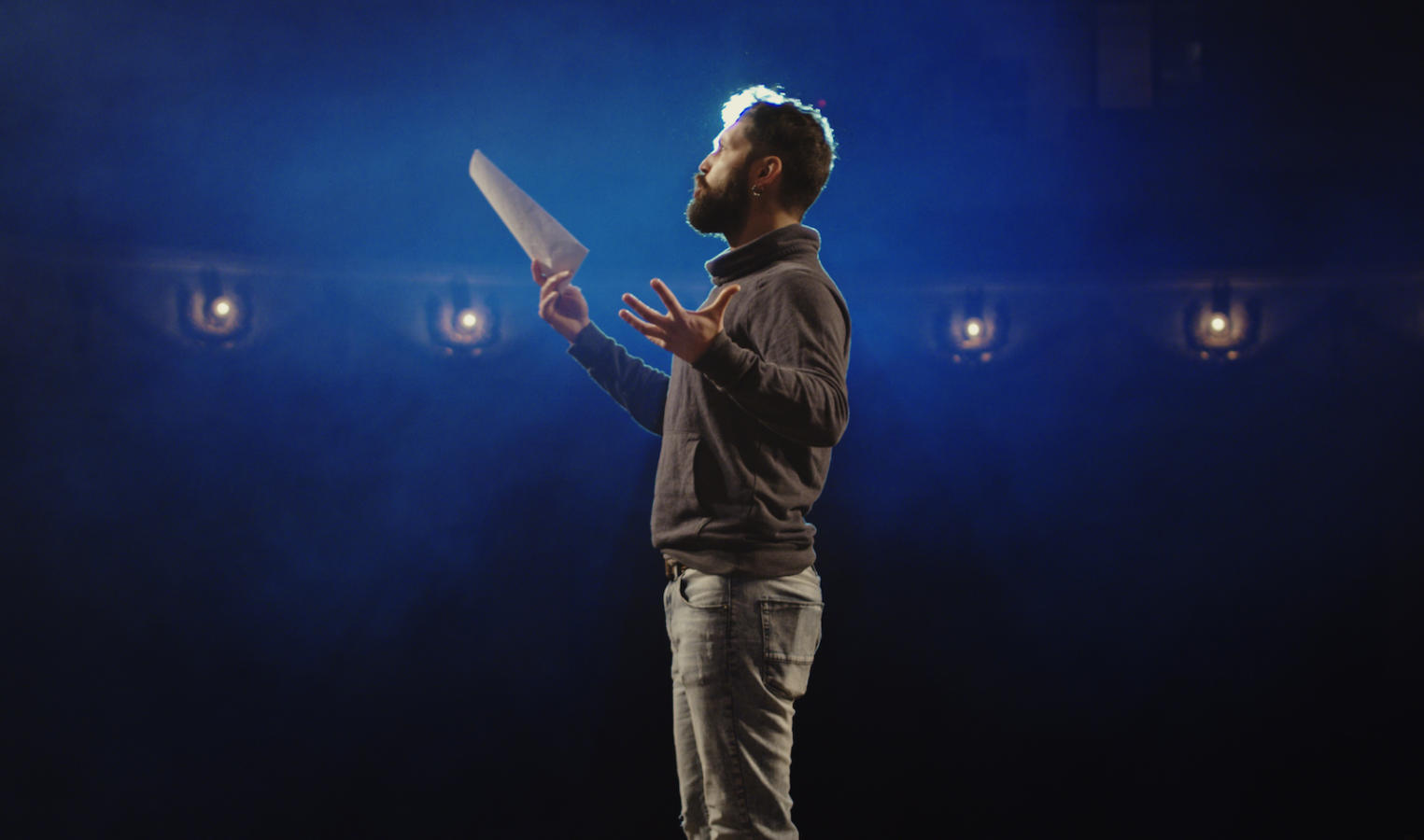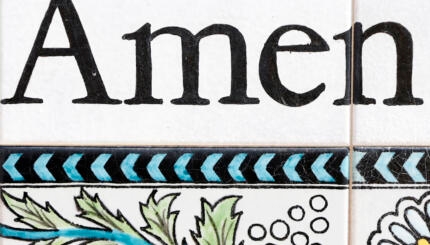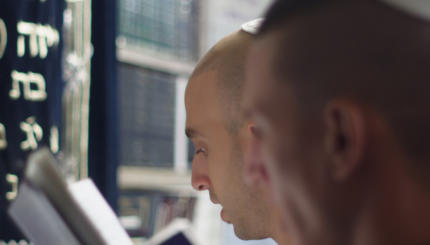The Jewish prayer script is complicated and repetitive, full of metaphors and ideas that are unfamiliar and even alienating. God as an all-powerful king of the universe, a triumphalist telling of history that glorifies the downfall of our enemies, endless synonyms for the ultimate source of power and hints of resurrection and a messianic future — all these and more can make prayer seem remote and inaccessible.
Struggle with the lofty language of prayer often leads to a rejection of the very premise that prayer can add any value or meaning to our lives. But the challenge of the words need not lead us to that conclusion if we take some theatrical advice from the world of acting.
Many people joke that being a rabbi is like being an actor. Both professions are performative, involving public speaking, projecting in a fine voice or confidently leading others in song. But there are deeper connections too, profound spiritual ways in which the art of the actor and the rabbi weave together, especially around prayer.
Acting is more than pretending or putting on a show. It is about the suspension of disbelief to explore the different truths of a character. The narrative and characters of a drama may be entirely human creations, but there is still an authentic expression of emotional truth. Hamlet and Lady Macbeth may not be historical figures, but when a good actor plays the poetry of Shakespeare’s lines, they tap into universal truths that are deeply moving because they reflect our own messy lives.
With your help, My Jewish Learning can provide endless opportunities for learning, connection and discovery.
What if we approached prayer like a great play? What if we thought of ourselves as actors and treated the prayer book as a script, bringing our curiosity and willingness to discover ourselves in the words? The point of prayer is not who or what God is or isn’t, but rather who we are in relationship to that unfathomable force. Each of us has all kinds of core truths that may be reflected to us in the mirror of the ancient prayers if we are willing to find them.
In finding those truths, we can borrow some tools from method acting, a technique in which the actor strives to access the internal world of the character. The Russian theater director Konstantin Stanislavsky developed the “magic if,” an exercise demanding the actor to ask a series of questions to help get inside the character’s mind, opening the imagination to discover some truth about the character. In approaching the Jewish prayer script, we can all become method actors approaching this ancient, sacred text with our own creativity and curiosity.
Stanislavsky’s “magic if” is similar to the Hebrew word k’ilu, which literally means “as if.” K’ilu is used often in Jewish tradition to describe something indescribable. In a prayer context, it can serve as an invitation to engage our spiritual imaginations.
The ancient rabbis recommended that when taking three steps backward and then forward at the beginning of the Amidah, the central prayer of every Jewish service, they should be taken k’ilu atah omed lifnei melech basar v’dam – “as if you are standing in the presence of a king of flesh and blood.” This serves as a kind of stage direction, a note for the actors. The rabbis believed that the best way to generate the appropriate internal and external posture for prayer was to imagine God as the most powerful human imaginable, a king with the power over life and death — the ultimate “magic if.”
Even if we reject any notion of God, there is value in playing a humble servant as an antidote to human arrogance. Try the following exercise:
Picture an imaginary door behind which sits a mighty king, a ruler on a throne who has the power to grant us our deepest wish or to deny us everything, even our own life. On this side of the door, we can prepare ourselves emotionally, physically and spiritually for this awesome encounter. How might we use this time of preparation?
We then enter the door leading into the inner chamber of the king and we have three steps and one bow with which to approach the royal presence. During this time, the king will decide our fate. How will you take those steps and that bow? How will they feel? What internal gestures might accompany our outward movements?
This “prayacting” exercise requires us to imagine ourselves in a posture of radical humility or reverence, perhaps even fear. Using our imaginations to touch these core qualities in prayer can help us to experience and incorporate them authentically in our own lives.
This is just one example of how we can use our imagination like actors when approaching Jewish prayer. Another can be found in the blessings surrounding the Shema, which contain sacred stories of creation, revelation and redemption. The paragraph leading into the Shema is a retelling of the giving of the Torah at Mount Sinai. Using the “magic if,” we are invited to enter into this dramatic story of standing at that quaking, smoking mountain. An actor might experience wonder, appreciation, gratitude, relief, or awe, and bring that consciousness into the chanting of the Shema. Using our spiritual imaginations, this narrative can be made to come alive.
Between deep faith on one hand and rejection of any supernatural power on the other, there lies a creative approach, an invitation for a “magic if”, where creativity and ritual come together to offer more meaningful and engaging Jewish practice. Prayer can reveal new and surprising truths about ourselves and the world around us if, like actors, we engage our creativity and imaginations and attempt to evoke the emotional landscapes those prayers suggest.
Rabbi Marc Soloway has been the spiritual leader of Congregation Bona Shalom in Boulder, Colorado, since 2004. Prior to that, he was an actor, storyteller and practitioner of complementary medicine in his native England. He is also the narrator of two PBS documentaries about Hassidism and hosts a weekly podcast A Dash of Drash.



